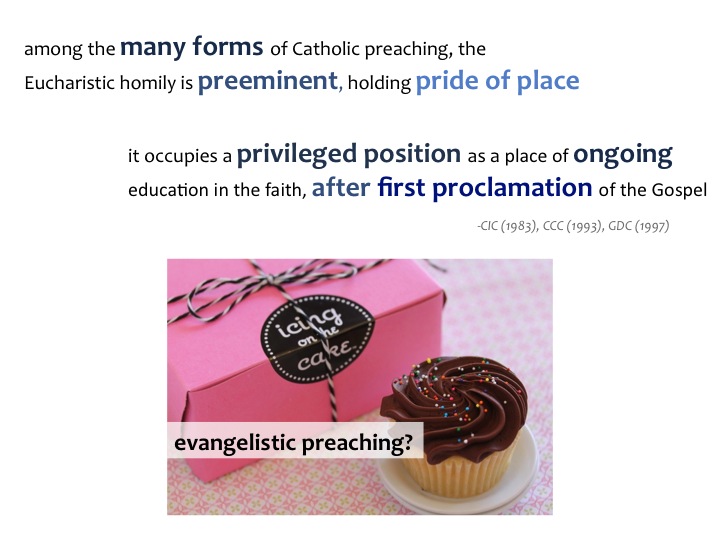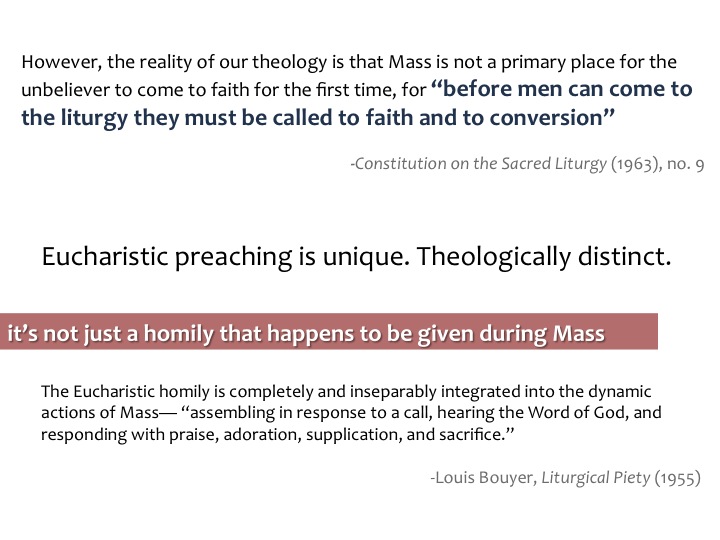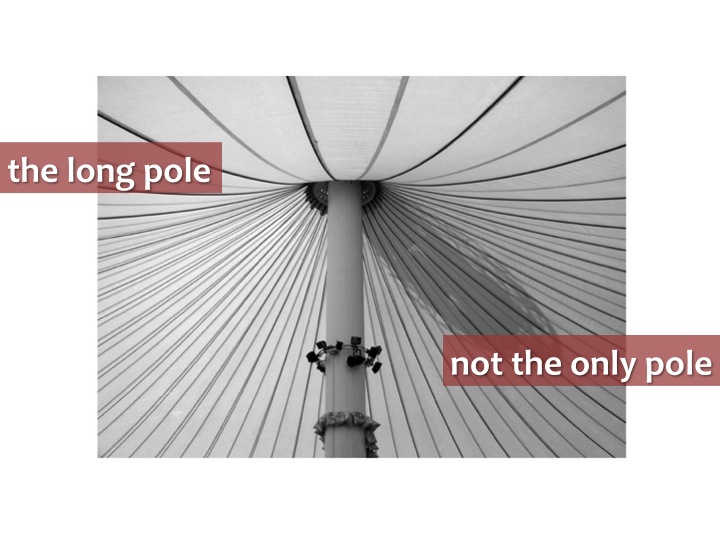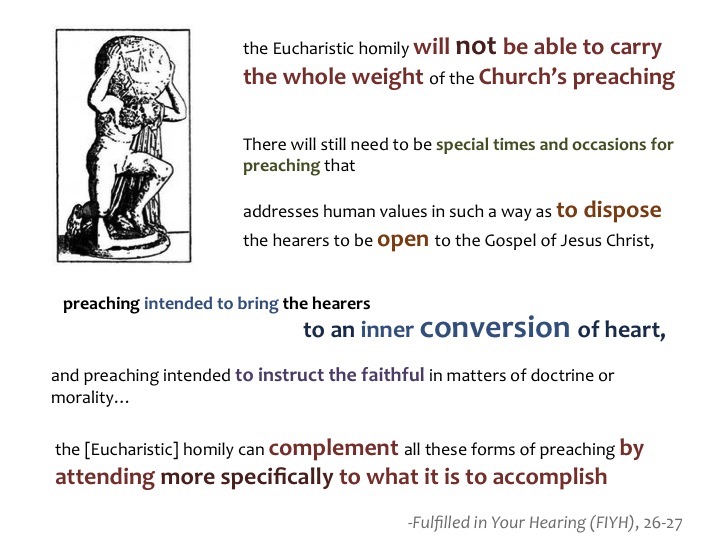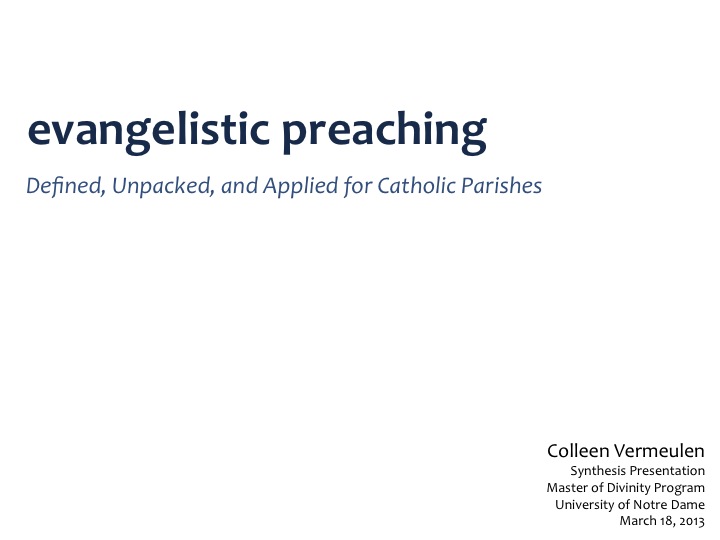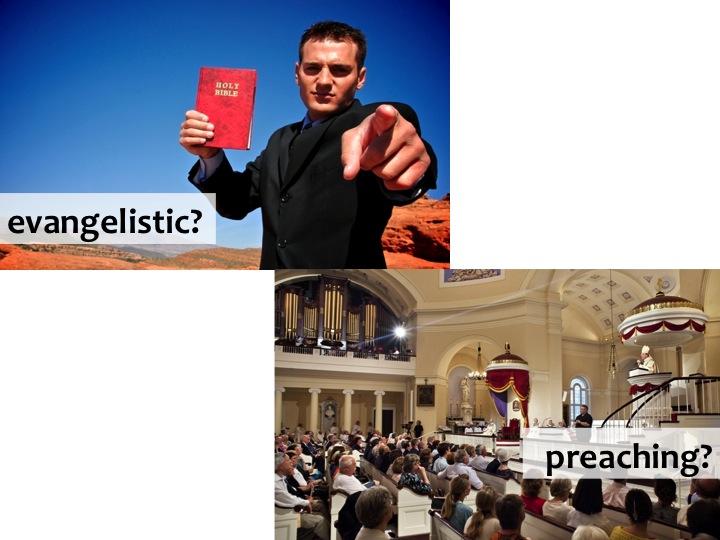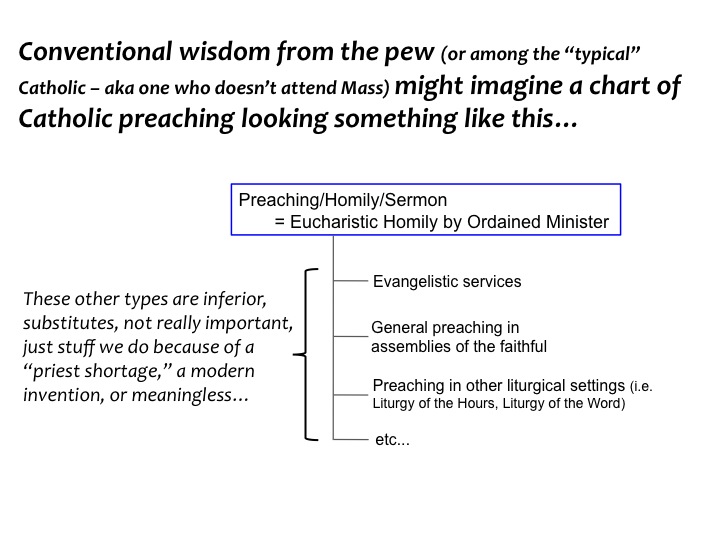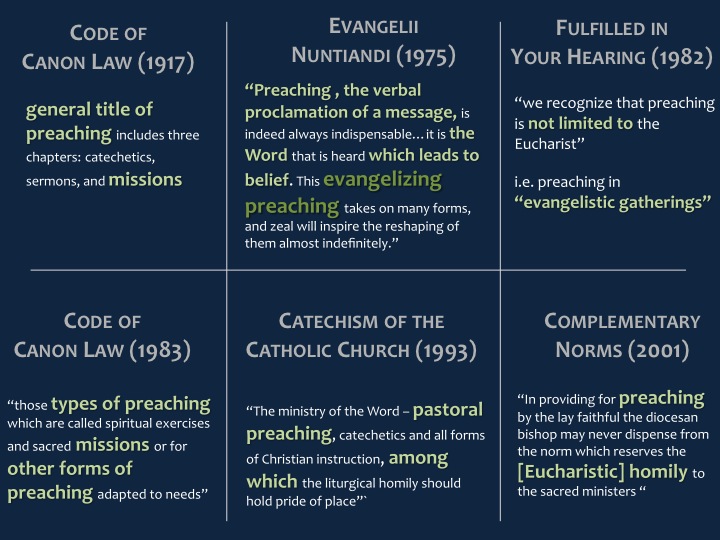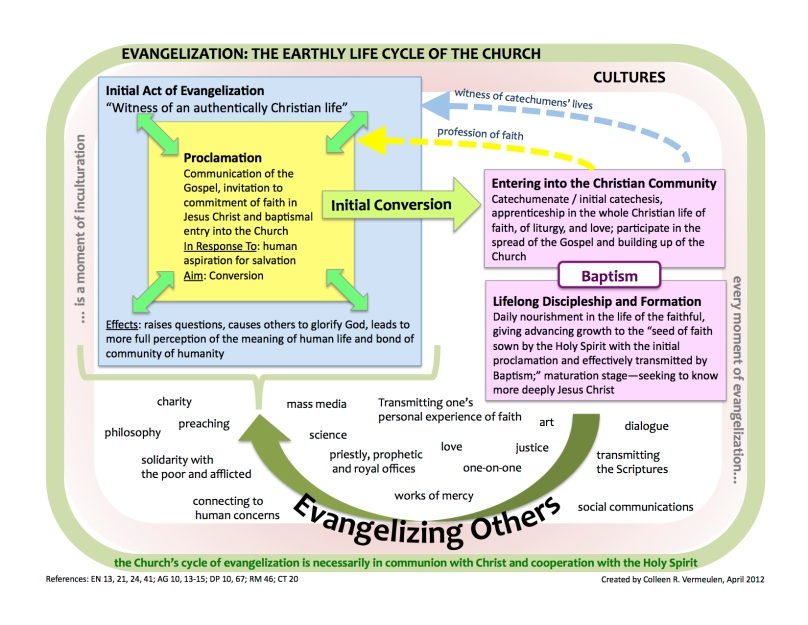This is the second post in a series examining concerns and cautions about evangelization voiced by Fr. Francis P. DeSiano, CSP, President of the Paulist Evangelization Ministries.
As I discussed in Part 1 of this series, authentic evangelization is never elitist. True evangelists are humble, projecting the goodness of God in Jesus Christ and not their own accomplishments, while increasing in love for every person they seek to share Jesus Christ with.
Yet even as we maintain a spirituality of evangelization that leads us further and further away from elitism, difficult questions still follow as we wonder about what discipleship means and the many forms it can take. In the first two parts of his series, Fr. DeSiano challenges us to ask:
- If one estimates that most self-identified Catholics are not disciples, then is our definition of discipleship too high or exclusive? (Part 1)
- If growing disciples is a slow process, does that mean it’s not a mass movement for everyone? (Part 1)
- Does an emphasis on discipleship “marginalize” or possibly “exclude, more and more ‘ordinary’ Catholics?” (Part 2)
- Can God’s grace be “far wider than those who are consciously followers?” [i.e. those whom we might call disciples or those who have responded to evangelization] (Part 2)
I’ll take these questions one at a time. First, if one estimates that most self-identified Catholics are not disciples, then is our definition of discipleship too high or exclusive? This question is a critical reminder that “we” (not you, nor I, nor our pastors or our parish council) do not get to decide what discipleship is. Drawing from Scripture our Church teaches that a disciple:
- Professes, spreads, and lives the faith of the Church CCC §1816)
- Lives “the simplicity of a life in conformity with the Lord’s example” (CCC §2470)
- Prays! (CCC §2601, 2612)
- Is initiated and nourished by the Eucharist (CCC §1275)
- Responds to Jesus’ invitation to enter His kingdom (CCC §546)
- Establishes habits befitting a disciple of Christ (CCC §1494)
- Continues in Jesus’ word (CCC §2466)
- Witnesses to Christ and works using the gifts received from God, in ecclesial and temporal affairs (CCC §1319, 2427)
- Imitates Jesus (§2347)
Discipleship is the process of growing more and more as a follower of Jesus Christ. A disciple isn’t perfect. A disciple is, however, growing more and more as a follower of Christ—seeking to be transformed and conformed to Jesus Christ’s image. Is this description from the Church too high or exclusive? Under our own power alone, yes. It would be impossible. But, with the love of God and help of the Holy Spirit, anyone can respond to Jesus Christ as a disciple, an intentional follower of the Lord.
Second, if growing disciples is a slow process, does that mean it’s not a mass movement for everyone? Absolutely not. God’s time is not our time. Many mass movements take years, decades, or centuries to grow—bearing all sorts of fruit along the way. Again, I immediately think of the lives of disciples in the New Testament. We hear of some who have dramatic conversion processes and quickly “drop their nets” and assume a new life. But there are others, hundreds of nameless other disciples of the New Testament who formed the early Churches who probably experienced slower conversions. As each of these new disciples shared their encounter with Jesus Christ with others, the movement grew. Right on down to our generation today. Slow? Yes. Mass movement? Also yes. The two are not mutually exclusive.
Third, does an emphasis on discipleship “marginalize” or possibly “exclude, more and more ‘ordinary’ Catholics?” One of Jesus’ clearest instructions is, “Go, therefore, and make disciples of all nations”(Matt 28:19). If we fail to place an emphasis on discipleship, we are ourselves deliberately choosing not to imitate Jesus, not to follow his command or his example in his earthly life of consistently inviting people to follow him and probing those he converses with to create an place of encounter and response to His love. Discipleship is for everyone and excludes no one. It’s inviting and walking with others to model what the life of a disciple is really like—the ups and the downs, the victories and the suffering. If openly talking about relationship and encounter with Jesus Christ as the “fundamental decision of [a Christian’s] life…which gives life a new horizon and a decisive direction” is an uncomfortable, unfamiliar, or disconcerting topic for those whom Fr. DeSiano calls “ordinary Catholics,” then all the more reason to emphasize discipleship in a warm, loving, and inviting way, rather than to simply shy away from it (Benedict XVI, Deus Caritas Est, §1). Discipleship is not the same thing as cultural Catholicism, but it by no means excludes Catholics who are enriched by Catholic culture.
Fourth, can God’s grace be “far wider than those who are consciously followers?” Of course! An emphasis on discipling others is in no way a limit or restriction on the mystery of God’s saving power and grace. The teachings of our Church and, as Fr. DeSiano points out, even our liturgical worship point to this blessed reality. Yet, at the same time, as the Venerable Pope Paul VI explained in Evangelii Nuntiandi, “the religion of Jesus,” “objectively places man in relation with the plan of God, with His living presence and with His action” (§53). This is why to be consciously experiencing and responding to the love of God is a truly right relationship, the one each person was designed for.
Fr. DeSiano’s questions remind us that it’s all too easy for disciple-making to lose focus on Jesus Christ, and instead become about adding membership to a club. When we treat discipleship like a club, people are marginalized, excluded, and the Gospel message becomes obscured by our sinfulness. Discipleship is too important to become “just another club,” another “in-group.” In a nutshell, real discipleship is about not selling ourselves short as Christians. Jesus Christ calls us to follow him as disciples and gives us the Holy Spirit to make discipleship a real possibility, even for the most fainthearted, weak, sinful, unenthusiastic, [insert problem…], of us! This is a wonderful blessing—a joy—as Pope Francis recently reminded the world in Evangelii Gaudium. It’s not too much for us—it’s what Jesus asks of us.

